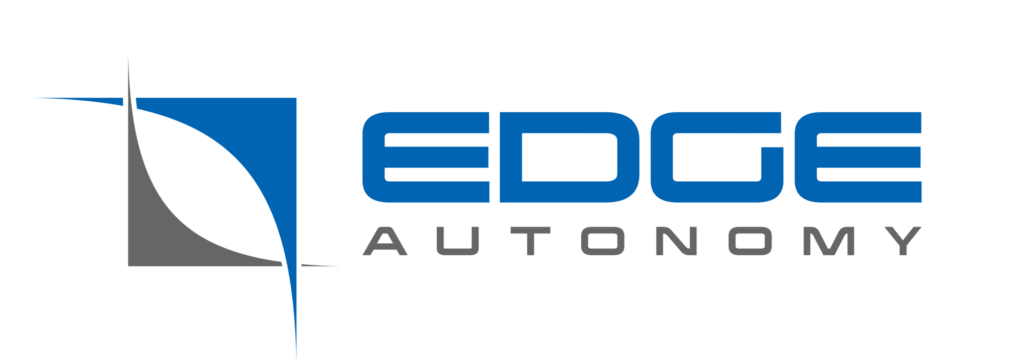“The best part of my role is when I get to witness a customer’s excitement as they see for themselves what our aircraft are capable of, especially when they discover the flexibility, ease of use, and capability to easily integrate other technologies,” says Grace Burgess, Training Manager of Flight Operations at Edge Autonomy. “It’s really gratifying when a customer tells me, ‘That is exactly what we must have to fulfill our operational needs.”
And the demand for flight demonstrations and training is growing. Grace and the Edge Autonomy flight operations team have travelled the globe to showcase our uncrewed aerial capabilities for customers and partners, training new pilots and providing education for operations teams.
Not only does Edge Autonomy currently have more than 300,000 square feet of production and manufacturing space, but we also have multiple committed airspace locations devoted to training, demonstrations, and quality control.
“I enjoy traveling to meet our customers and partners wherever the need for our UAS technology lies,” says Grace. “And as a company we are also in an exciting time of expansion, which means that our dedicated flight operations facilities in the U.S. and overseas are growing to be even better equipped to accommodate the needs of our clients.”
A Strong Foundation in Aviation
Rapid growth and an ever-increasing demand for flexible and adaptive UAS technology makes strong organizational skills and a deep understanding of the industry a must. The daughter of a pilot who served in the U.S. Army while she was growing up, Grace found an early mentor in her father, who also worked in the drone and aviation industry. In addition to instilling her with a love of travel and a keen interest in technology, Grace’s military upbringing gave her a growth mindset and made her highly adaptable.
“This is a very fast-paced, ever-evolving industry and a lot is going on all the time,” says Grace. “Being resilient and adaptable to those changes is key to meeting the real-world needs our customers face, all while being open to learning about how our aircraft fit into current and future mission needs. It’s important not to be afraid to ask, ‘How can I learn more? How can I make this work?’ These questions not only lead to new technological innovations, but they keep me growing in my career.”
From flight safety and standardization to developing instructional curriculum and deploying as an operator, working in multiple disciplines within the UAS training arena gave Grace a solid foundation in aviation. Yet she believes her most intensive season of personal and professional growth began when she joined the Edge Autonomy team.
“I’ve had opportunities at Edge Autonomy to complete trainings on new equipment and new technologies that I wouldn’t have been able to pursue elsewhere,” she explains. “My mentors within the company have given me so much opportunity for growth, as well as countless chances to move into leadership roles. I feel very blessed to have senior leadership that believes in my capabilities to step into more. More visibility and more responsibility.”
The Future of UAS: Maintaining the Human Factor in the Face of Automation
With all the buzz surrounding Artificial Intelligence and the swift changes taking place not only in aviation but in the broader technology culture at large, Grace believes it is critical not to lose sight of the human operators behind the technology.
“You have to understand people’s perspectives and the very personal ‘whys’ behind the needs our customers face,” says Grace. “We must remember that a human being ultimately operates a UAS. Our goal at Edge Autonomy, no matter what exciting technology advancements we implement, is to make a product that is as user-friendly and operable as possible.
“I’m really looking forward to up-and-coming capabilities that will give the operator even greater agility on the ground. How the operator controls the aircraft is going to change, I think, so it’s an exciting time to be working in this dynamic field.”
Interested in an aviation career at the forefront of innovation? Learn more about Edge Autonomy’s open positions across our locations in the U.S., Canada, and Europe.
